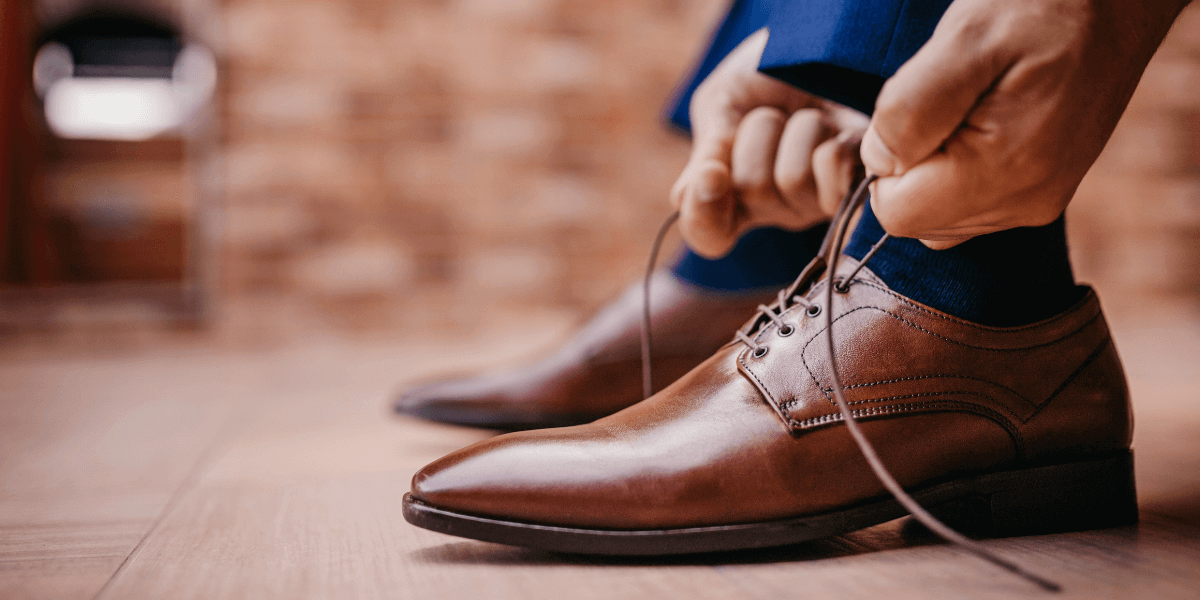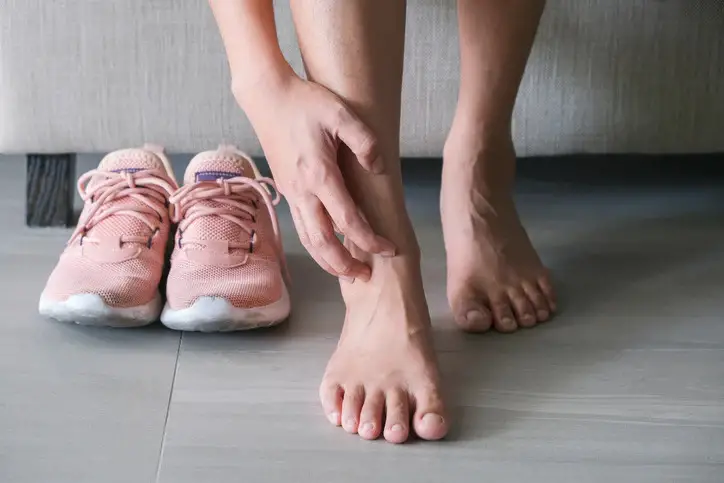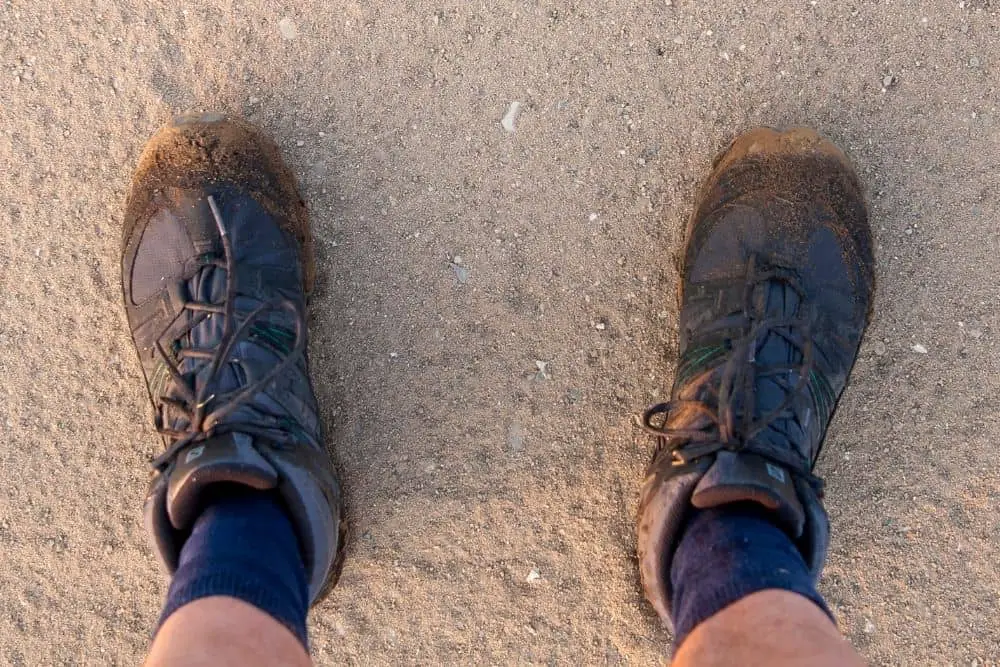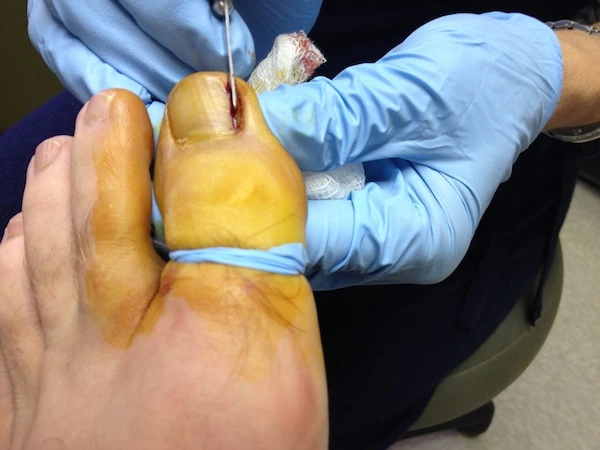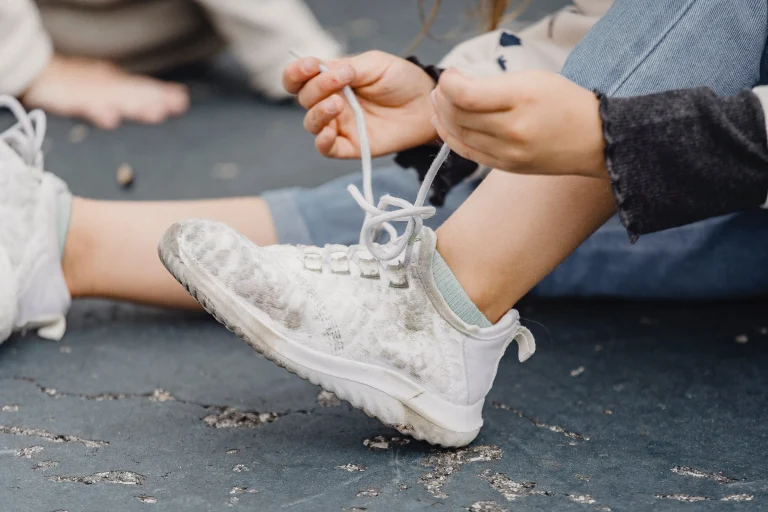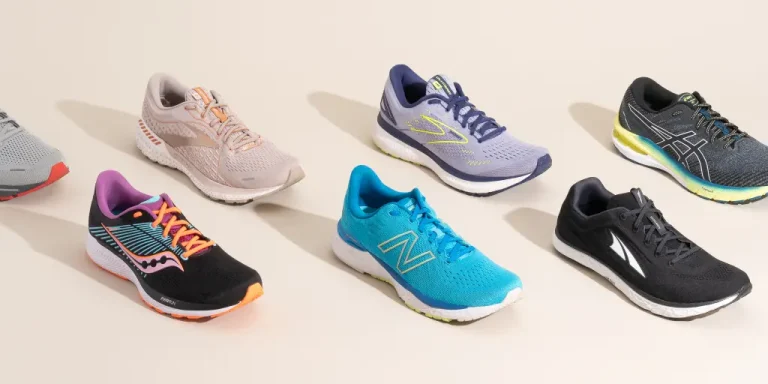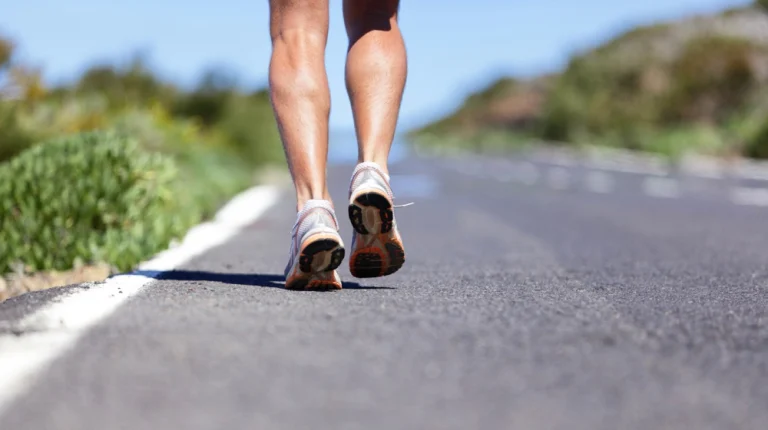How Often Should Nurses Replace Shoes?
Introduction of this Topic:
For nurses who spend extensive hours on their flat feet, comfortable and supportive shoes are essential to ensuring their well-being and productivity.
However, even the highest-quality nursing shoes have a limited lifespan. Understanding when to replace work shoes is crucial for maintaining foot health and preventing discomfort.
In this article, we will explore the factors that determine the ideal frequency of shoe replacement for nurses. In this article, How Often Should Nurses Replace Shoes?
Providing valuable guidance to extend the lifespan of their footwear while maximizing comfort.
As a nurse, it’s important to prioritize your foot health and comfort. By considering the following factors and adopting practical strategies,
You can ensure that your nurse’s shoes provide the necessary support throughout your demanding workdays.
Let’s dive into the details of how often nurses should replace their motion control shoes to maintain optimal human foot health and overall well-being.
Understanding the Lifespan of Nursing Work Shoes:
When it comes to nursing shoes, understanding their lifespan is crucial for nurses to make informed decisions about when to replace them.
By considering various factors that impact durability, nurses can ensure they have footwear that supports their needs and withstands the demands of their profession.
In this section, we will explore the key factors that influence the lifespan of nursing shoes, how often should nurses get new shoes and providing valuable insights for nurses seeking long-lasting and reliable footwear.

Quality of Materials
The quality of materials used in nursing shoes significantly affects their durability. Shoes made from high-quality materials, such as genuine leather or durable synthetic fabrics, tend to last longer and withstand daily wear and tear better than shoes made from cheaper or less robust materials.
Frequency and Intensity of Use
The more frequently and intensively nurses wear their shoes, the faster they are likely to experience wear and tear.
Nurses and healthcare workers who work long shifts or multiple consecutive days should anticipate replacing their shoes more frequently compared to those who work part-time or have less physically demanding roles.
Walking Surfaces
The type of walking surfaces nurses encounter can impact the lifespan of their shoes. Walking on hard, abrasive surfaces like concrete or tile floors can cause.
More significant wear to the outsole and cushioning compared to walking on carpeted or softer surfaces.
Proper Foot Care and Maintenance
Taking care of nursing shoes plays a role in their longevity. Regular cleaning, proper drying, and using appropriate shoe care products can help maintain the condition of the shoes and prevent premature deterioration.
By understanding these factors, nurses can make informed decisions about when to replace their shoes and invest in footwear that meets their durability requirements.
In the following sections, we will delve deeper into the importance of replacing worn-out shoes and provide guidance on determining the right time for shoe replacement to ensure optimal foot health and comfort
The Importance of Replacing Worn-Out Shoes:
Replacing worn-out shoes is of utmost importance for nurses to prioritize their foot health, comfort, and overall well-being.
While it may be tempting to continue wearing familiar shoes, doing so can have adverse effects on the feet and potentially lead to various issues.
In this section, we will explore the significance of replacing worn-out nursing shoes and highlight the risks associated with prolonged use of deteriorating footwear.
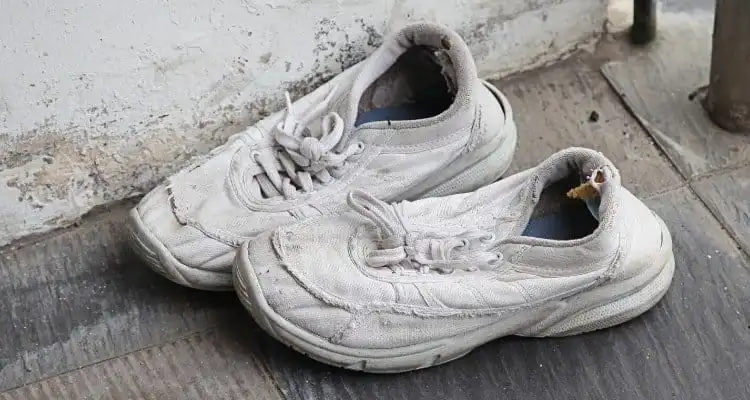
Foot Health and Comfort
Worn-out shoes lack the necessary support and cushioning required to keep feet comfortable during long shifts. Over time, the midsole and insole of shoes can compress, reducing their shock-absorbing capabilities.
This can lead to discomfort and fatigue and even contribute to foot conditions such as plantar fasciitis or shin splints.
Stability and Balance
As nursing shoes deteriorate, their stability and grip diminish. This can compromise a nurse’s balance and increase the risk of slips, trips, and falls, which can result in injuries not only to the feet but also to other parts of the body.
Alignment and Posture
Worn-out shoes may alter a nurse’s gait and posture. Uneven wear patterns or collapsed arch support can lead to improper foot alignment, potentially causing discomfort, joint issues, and musculoskeletal imbalances.
Hygiene and Infection Control
Worn-out shoes may develop cracks, tears, or become difficult to clean, compromising infection control measures.
Additionally, worn-out shoes are more prone to retaining moisture, increasing the risk of bacterial and fungal growth, which can contribute to foot infections.
By replacing worn-out nursing shoes, nurses can maintain optimal foot health, support, and overall comfort throughout their shifts.
In the following sections, we will delve into determining the right time to replace nursing shoes and provide practical guidelines for ensuring the longevity of footwear.
Extending the Lifespan of Nursing New Shoes:
Nursing shoes are subjected to rigorous daily use, but there are practical steps nurses can take to extend their lifespan. By adopting proper care and maintenance practices, nurses can maximize the durability of their shoes and ensure ongoing support and comfort.
In this section, we will provide valuable tips for prolonging the lifespan of nursing shoes, allowing nurses to get the most out of their footwear investment.
Clean and Dry Regularly
Regularly clean your nursing shoes to remove dirt, stains, and odor-causing bacteria. Follow the manufacturer’s cleaning instructions and use appropriate cleaning products. After cleaning, ensure the shoes are thoroughly dried to prevent moisture buildup, which can lead to microbial growth and premature deterioration.
Rotate Between Multiple Pairs
Consider having multiple pairs of nursing shoes and rotating them regularly. This practice allows each pair to rest and recover between uses, reducing the wear and tear on a single pair. By alternating between shoes, you can prolong their lifespan and maintain their supportive features.
Use Shoe Trees or Inserts
When not in use, insert shoe trees or shoe inserts to help maintain the shape and integrity of your nursing shoes. These accessories prevent the shoes from collapsing or developing creases, preserving their structural integrity over time.
Store Properly
Store your nursing shoes in a cool, dry place away from direct sunlight and excessive heat. Extreme temperatures and sunlight exposure can cause materials to degrade and fade.
Using a shoe rack or individual shoe boxes can help protect the shoes from dust, moisture, and potential damage.
Address Minor Issues Promptly
If you notice minor issues like loose stitching, worn laces, or minor sole damage, address them promptly. Repairing or replacing small components can prevent further damage and extend the overall lifespan of your nursing shoes.
Related To: How Much Does It To Make A Shoe?
Best Girls Volleyball Shoes: Your Path to Victory
Selecting Durable and Comfortable Nursing Shoes:
Choosing durable and comfortable nursing shoes is essential for nurses who want footwear that can withstand the demands of their profession. By considering specific factors during the selection process, nurses can ensure they invest in shoes that provide optimal support, durability, and long-lasting comfort. In this section, we will discuss key considerations for selecting durable and comfortable nursing shoes. And enabling nurses to make informed decisions about their footwear.
Supportive Features
Consider nursing shoes with adequate support features. Look for shoes with cushioned insoles, arch support, and shock-absorbing midsoles.
These features enhance comfort and reduce the risk of foot fatigue and discomfort during long shifts. Shoes with firm heel counters also provide added stability and prevent foot sliding.
Proper Fit
Ensure your nursing shoes fit properly. Shoes that are too tight or too loose can cause discomfort and lead to foot issues.
Look for shoes with ample toe room, a snug heel fit, and a secure closure system. Try on shoes at the end of the day, when your feet are slightly swollen, to ensure a more accurate fit.
Slip-Resistant Outsoles
Given the fast-paced nature of nursing work environments, slip-resistant outsoles are crucial for maintaining traction and preventing accidents.
Look for shoes with rubber or non-slip outsoles that provide excellent grip on various surfaces, including wet or slippery floors.
Ease of Cleaning
Nursing shoes are exposed to spills and contaminants in healthcare settings. Opt for shoes that are easy to clean and maintain.
Smooth, wipeable uppers or materials treated with protective coatings can make cleaning a breeze, ensuring optimal hygiene and infection control.
By considering these factors when selecting nursing shoes, nurses can choose footwear that combines durability, comfort, and functionality.
Investing in high-quality shoes will ultimately provide long-lasting support. And reducing the frequency of replacements and ensuring the best shoes for possible foot health and comfort.
Related To:
Best Hoka Running Shoes: Where Comfort Meets With Speed & Innovation
Best Running Shoes For Flat Feet: We Have A Shoe For You
Conclusion
Regularly replacing nursing shoes is essential for maintaining foot health and overall comfort during long shifts. Now you can understand how often nurses should replace shoes. Understanding the signs of wear and tear and evaluating shoe condition.
And following recommended timelines is a key factor in determining when to replace footwear.



